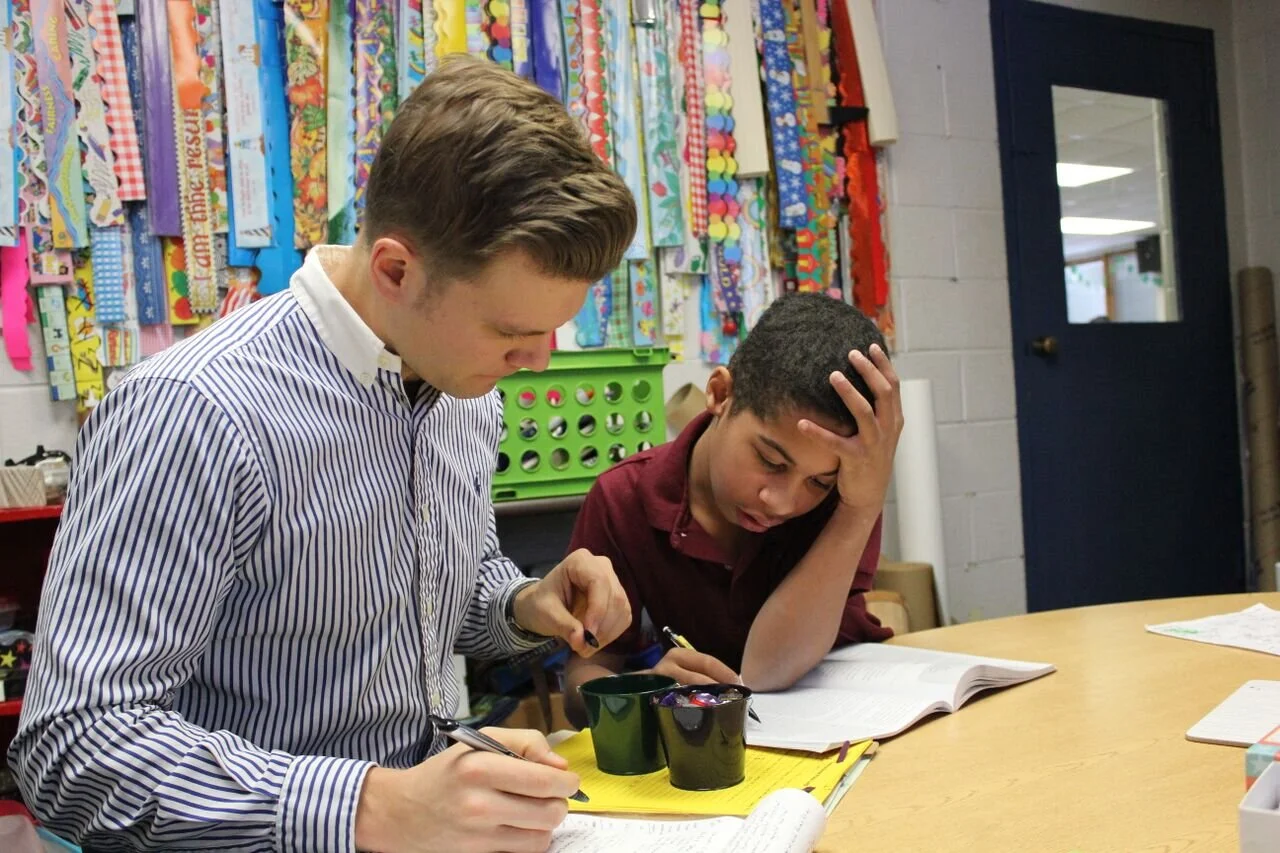Have you ever read a paragraph only to realize afterward that you didn’t absorb any of it? Or have you ever heard a child read something aloud very well but then not be able to recall any of what she read? In both cases, the reason was probably a lack of dynamic mental imagery. “Comprehension” might seem like a self-evident idea, but it’s not. What we actually mean when we say we understand something narrative is that we’re able to imagine what we’re reading – that the words are automatically generating vivid dynamic imagery in our minds, mental movies we’re watching while we read.
The Visualizing and Verbalizing Program we use at Next Step Learning uses specific, research-validated techniques to teach students how to automatically create dynamic mental imagery while they read. Many of the students we work with have never realized that language they’re reading or hearing can generate mental imagery. Other students might only make imagery in a scattershot way, retaining bits and pieces of what they read or hear – parts, but not the whole.
To help students make mental imagery, we emphasize having students say aloud what they’re imagining – verbalizing – which makes the image-building more vivid and complete, and also helps students learn to translate what they’re thinking and imagining into language, which is challenging for many students, but obviously crucial for success in both school and life. Our process is that a student will read a sentence, then verbalize everything she’s imagining for the sentence in an organized way. After doing that with every sentence, the student will independently go back through and recall all of her imagery for a story, sentence by sentence (the picture summary). Then, after encouraging the student to keep her imagery in mind, we’ll have her retell the story as completely as she can in her own words (the word summary). By putting the picture summary before the word summary, we’re emphasizing imagery over verbatim recall, which some students use as a crutch, but which isn’t especially useful if the student isn’t imagining what she’s recalling – and which becomes increasingly impossible as texts get longer and more complex. Often when we’re working with a student the next day, we’ll ask her about what she read the previous day, and the student will nearly always be able to recall the most important elements of the story, since her memory is based upon that clear, vivid mental movie.
This post was written by Michael Busk.

